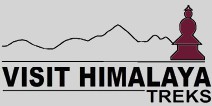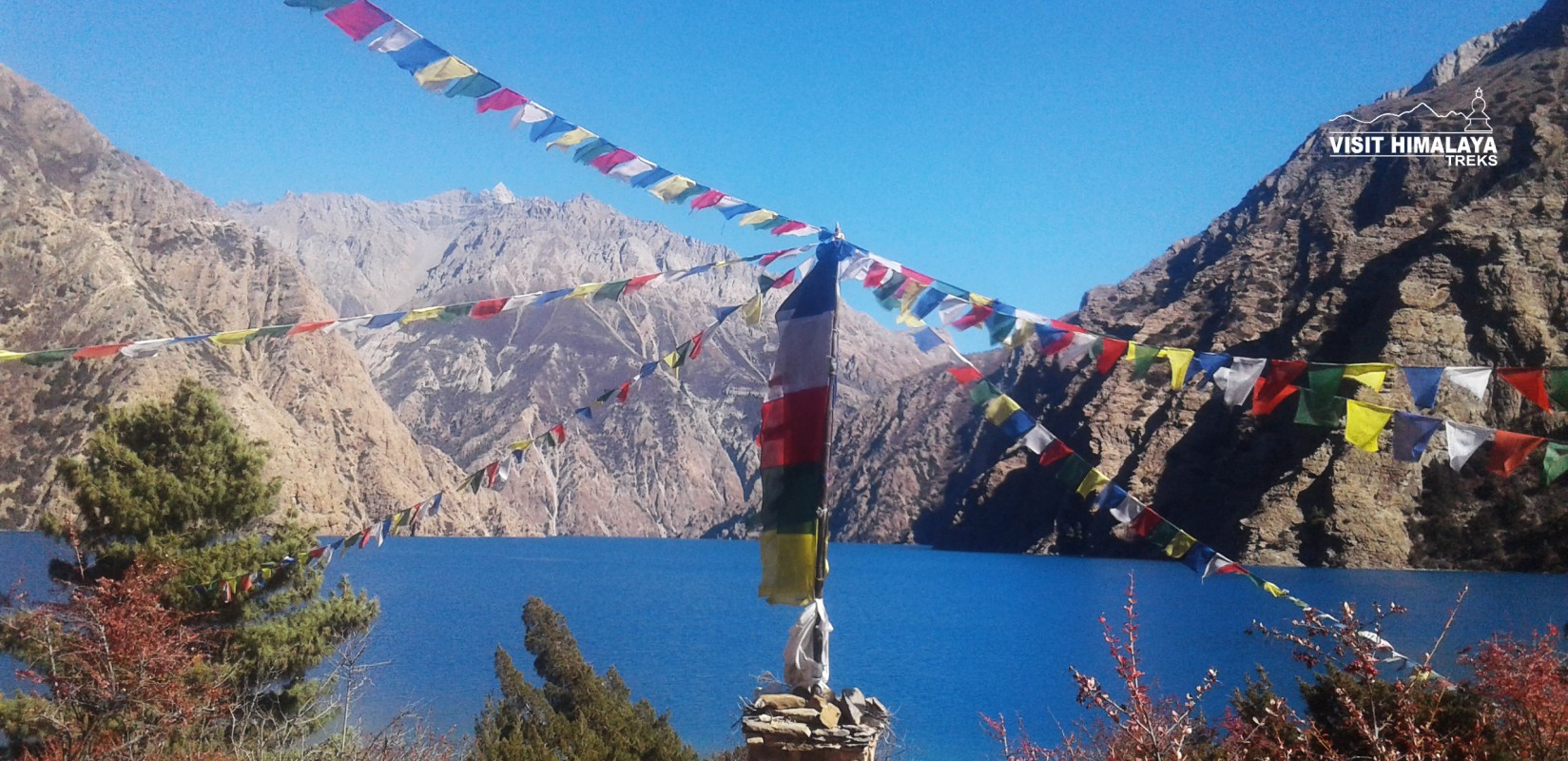Lower Dolpo Trek explores the Himalayan desert of Nepal and visits the majestic Phoksundo Lake in the lower parts of Dolpo. It is unarguably one of the best Off The Beaten Trail trek in the Himalayas of Nepal. Lower Dolpo Trek is an amalgam of pristine landscape and culture in one of the remote and wild areas of Nepal. Views of Labyrinthine valleys and the vividly turquoise Phoksundo Lake are the main highlights of this unique trek.
This Off The Beaten Trail Trek also visits some ancient settlements and century-old Bon Religion Monasteries. The religion itself is on the verge of extinction and this trek provides a unique opportunity to experience Bon Religion. Numa La and Baga La offer slightly different but equally stunning panoramic views for trekkers who are used to seeing abundant Himalayan vistas of Nepal.
Lower Dolpo Trek –Highlight
- Phoksundo Lake - Alpine freshwater oligotrophic Lake.
- Warm-hearted with enthralling culture and traditions.
- Remarkable and breathtaking trekking experience.
- Lower Dolpo – Land of Natural Hidden Wonders.
Trekking to Lower Dolpa offers you the remarkable and breathtaking experience of a lifetime. The notable features seen here are snowy peaks, ancient and remote villages, rich wildlife, lovely Buddhist monasteries, and wonderful lakes. The people of this area are simple and warm-hearted with an enthralling culture and traditions. The cultural traditions of this area are basically linked with the Tibetan culture. Shey Phoksundo Lake” is another famous feature of this region. The lake is totally free of aquatic life, which the crystal waters clearly demonstrate. Surrounded by rocks, forests, and snow-capped peaks, the area has been described as one of the world's “Natural Hidden Wonders”.
The Dolpa trekking starts at Juphal and follows the track to Dunai, then continues to Tarakot, way up to Bang la Camp, the uppermost point of Dolpa trekking. After passing through Sanu Bheri village, we then descend to the good-looking Phoksundo Lake, which is a piece of the Shey Phoksundo National Park.
How difficult is Shey Phoksundo Trek?
Shey Phoksundo Lake is the deepest lake located in Shey Phoksundo National Park in the Dolpo district. Shey Phoksundo Trek is known for the lower Dolpo trek which is a moderate grade trek. Lower Dolpo trek is combined with Shey Phoksundo Lake. Normally each day 4 to 6 hours and 6 to 9 kilometers will be a typical trekking day. We will touch above 5000 meters during our Shey Phoksundo Lake trek, crossing the Numala Pass at 5309 meters and Bagala Pass at 5169 meters. For a couple of nights, we will stay above 4000 meters during the journey.
Necessary trekking permits for Upper Dolpo.
Trekking in Lower Dolpo required a Special permit. Lower Dolpo restricted area entry permits issued by the Department of Immigration of Nepal through the government authorizes company. Other than Dolpo restricted area entry permits we will need Shey Phoksundo National Park entry permits as well. Trekking with Visit Himalaya Treks, we take care of all necessary permits and paperwork.
Upper Dolpo Trek Photos, Videos, Reviews, and Blogs.
We, Visit Himalaya Treks organize Dolpo treks each season, we have hands of fresh experience trek over Dolpo. We have been sharing our recent trip photos and videos through our social sites like Facebook, Instagram, Pinterest, and YouTube channel, please follow our social sites for fresh photos and videos. Before booking trips, you may like to read trip feedback and reviews from other travelers. Please go through the link given here to read our client's trip reviews. For more trip detail Dhorpatan to Dolpo – Lower Dolpo - Upper Dolpo had written by our clients Dr. Howard and Sue Dengate. Please follow the link. http://fedup.com.au/information/nepal/nepal-dolpo-tracknotes
Lower Dolpo Trek Itinerary,
Day 01: Arrive in Kathmandu. (1350 meters)
Day 02: Sightseeing and Trek Preparation
Day 03: Fly to Nepalgunj. (130 meters)
Day 04: Fly to Juphal (2490 meters) and trek to Lingdo (2391 meters)
Day 05: Trek to Laina Odar (3370 meters)
Day 06: Trek to Sim Odar (Ghyamgar 3755 meters)
Day 07: Trek to Dho Tarap (3944 meters)
Day 08: Acclimatization day at Dho Tarap (3944 meters)
Day 09: Trek to Numala Base Camp (4440 meters)
Day 10: Cross Numala La Pass (5309 meters) and trek to Danigar (4512 meters)
Day 11: Cross Bagala La Pass (5169 meters) and trek to Yak Kharka (3860 meters)
Day 12: Trek to Rigmo (Phoksundo Lake) (3641 meters)
Day 13: Rest day at Ringmo (Phoksundo Lake (3641 meters)
Day 14: Trek to Chepka (2838 meters)
Day 15: Trek to Juphal (2475 meters)
Day 16: Fly to Nepalgunj and an afternoon flight to Kathmandu
Day 17: Free day in Kathmandu
Day 18: Departure
Necessary Gears for Upper Dolpo Trek.
Lower Dolpo trek is a moderate-grade trek, Couple of days we will spend over 4000 meters. Also, we are crossing two high passes above 5000 meters. So, we will need warm gear for trekking to Lower Dolpo. Please visit the given link for gear list details for lower Dolpo Trek.
When is the best time to trek Lower Dolpo?
The best time to do trekking in Nepal is March, April, and May in the spring season and October, November, and December in the Autumn season. But Every trekking destination is not the same aspect, Dolpo district lies north of the Himalayas and is a rain shadow destination. So the best time to trek lower Dolpo trek April to June and September to mid-November.








